Voigtlander Nokton 50mm f/1.1 Lens Review
Introduction
This is a Voigtlander Nokton 50mm f/1.1 lens review, to better understand what this lens can do with a Leica M rangefinder camera it is important to first look at some of the lenses in Leica lens line-up. Leica lenses are legendary and durable, yet some of these legendary lenses are beyond most people’s budgets. For example, Leica Noctilux-M 50mm f/0.95 lens with an aperture of f/0.95 sells over at five-digit prices in U.S. dollar terms. Of course, there can only be a limited number of these fantastic lenses in production which of course results in a production cost that some would consider expensive or unattainable.
Personally, I feel there is nothing like a Leica Noctilux-M 50mm f/0.95 lens whether it is made in the 60’s or now. They provide a tool that no other lens can provide with an aperture setting of f/0.95 one can attain a very shallow depth of field. For most everyday users this option may not be a very exciting feature, especially if one is using this lens at apertures other than widest f-stop.

Recently, a friend of mine asked me if there were any other alternatives to Leica Noctilux-M 50mm f/0.95 lens or the Leica Summilux-m 50mm f/1.4 lens that were priced more modestly. The answer is yes. Voigtlander Nokton 50mm f/1.1 Lens costs $799 USD and is a faster lens than Leica Summilux-M 50mm f/1.4 lens, almost equaling the speed of the legendary Leica Noctilux-M 50mm f/0.95 lens.
The history of fast lenses from Japan is not a recent development, for example, a far eastern lens manufacturer produced a limited batch of f/0.95 lenses that have now become collector items. These lenses must be reworked to be used with the current Leica rangefinders cameras like the Leica M10 camera. Obviously, this is not a very viable option to attain a very wide aperture because these lenses are really hard to find.
Today, Voigtlander Nokton 50mm f/1.1 Lens is perhaps the most reasonably priced, highest performing budget lens in the market. It has some great bokeh characteristics thanks to the 10-blade aperture which not only produces incredible portraits with shallow depth of field but also produces incredibly sharp images when stopped down to f/2.8 or more.

One question that comes up is if these lenses are in anyway comparable to Leica’s legendary Noctilux lenses. In simple terms comparing these two distinctly different lenses is like comparing oranges to apples. For one they render images in a unique manner which can both be defined as their own unique ‘look.’
Secondly, the lens elements used for Leica Noctilux-M 50mm f/0.95 ASPH lens is a different design than Voigtlander Nokton 50mm f/1.1 Lens which makes comparing them rather complicated.

However, images from Voigtlander Nokton 50mm f/1.1 Lens can be placed side by side with Leica’s Noctilux to see where they defer and have qualities that are in common. This article is not about comparing these lenses but rather pointing out what one can do with a Voigtlander Nokton 50mm f/1.1 Lens.
If the images captured with a Voigtlander Nokton 50mm f/1.1 Lens carry characteristics of a lens, would it be fair to say it is good or bad? The answer to this question is, if the distortion, vignetting, ghosting and fringing issues are handled by the lens is sufficiently good then it would be a good lens. But the actual rendering of colors is also another determining factor to take into consideration.

Let me tell you this, Leica Noctilux F/0.95 has very bright, sharp, modern look which I would call a very ‘accurate’ lens. Voigtlander is a very different lens. While the Voigtlander 50mm Nokton f/1.1 renders images the way older Noctilux f/1.0 did, there is a sense of nostalgic look which differentiates this lens from the more modern lenses of today.
One feature that you will immediately notice with Voigtlander 50mm Nokton f/1.1 is that it has aspherical surfaces which are a costly process in production. What aspherical surfaces on lens elements does is reduce distortion.
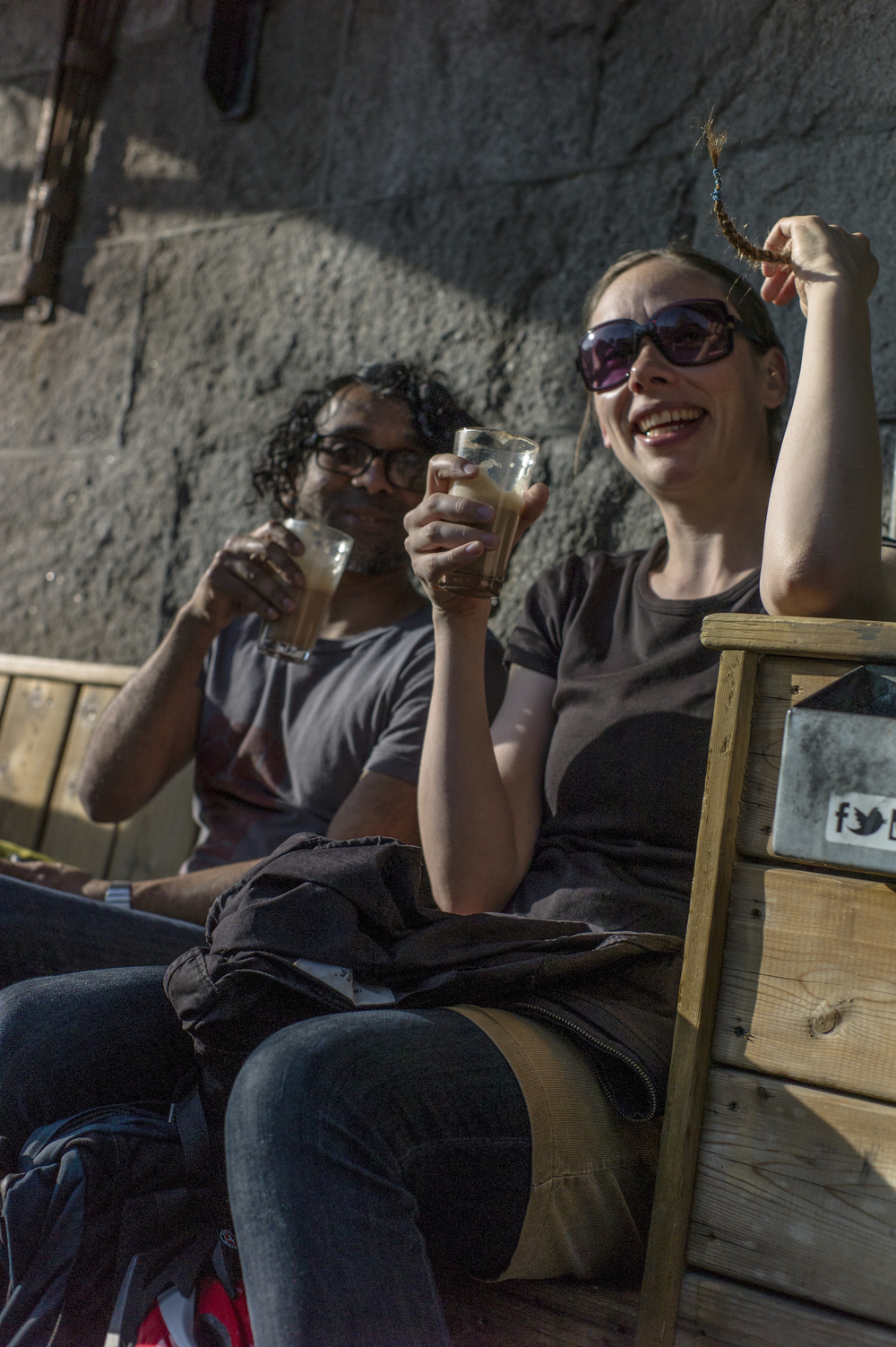
Let me explain this in simple terms without technical jargon. When the light rays enter the lens, some colors travel at a different speed than others. This is often the case for reds which lands on the sensor surface at a different point if not corrected while the ray passes through the lens.
Without aspherical surfaces on lens elements, the result is less than an ideal rendering of colors. For lenses that don’t have the necessary engineering features to deal with ‘light’ issues capturing images accurately becomes problematic. Hence, this is the reason why there are significant cost differences in lenses that have aspherical surfaces.


Voigtlander Nokton 50mm f/1.1 lens is a unique lens because to deal with numerous issues associated with light rays traveling through lens elements various engineering solutions were used. Namely, aspherical surfaces are one feature that was employed to allow the lens to render images accurately. All this results in a lens that is highly corrective, in fact, comparatively speaking the distortion factor of Voigtlander Nokton 50mm f/1.1 lens is very, very small for a lens with an aperture of f/1.1.
If we look at the lens design, we immediately can notice that it has seven elements in 6 groups while a lens like Leica Noctilux-M 50mm f/0.95 ASPH lens has eight elements in 5 groups. The way these two lenses are constructed yield different ‘looks.’ As for the way the images are rendered is a matter of taste.
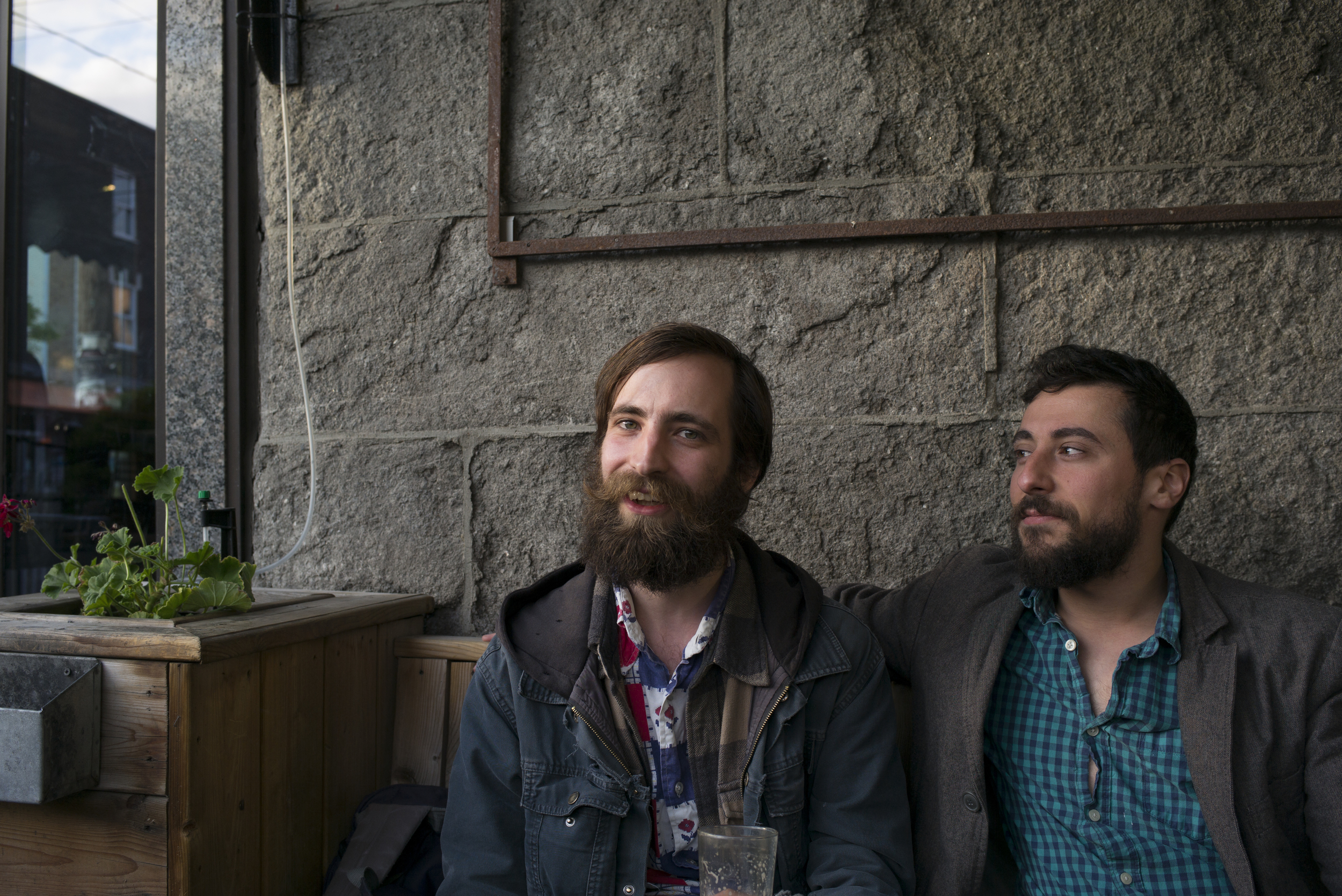
Some people may find the ‘older’ way of rendering images more authentic from an artistic point of view because they have a more film quality. So, if you like photography of Helmut Newton, for example, Voigtlander Nokton 50mm f/1.1 lens will give you image quality that feels more film-like, thereby, taking you back to the era where photography was at its peak.
There are those who feel that accuracy is the most important factor for a lens which, of course, applies to the person who holds that point of view. For this reason, I can say that Voigtlander Nokton 50mm f/1.1 lens is probably not the optimum choice for accurate images that reflect undiluted, sharp, ‘life’ like quality.
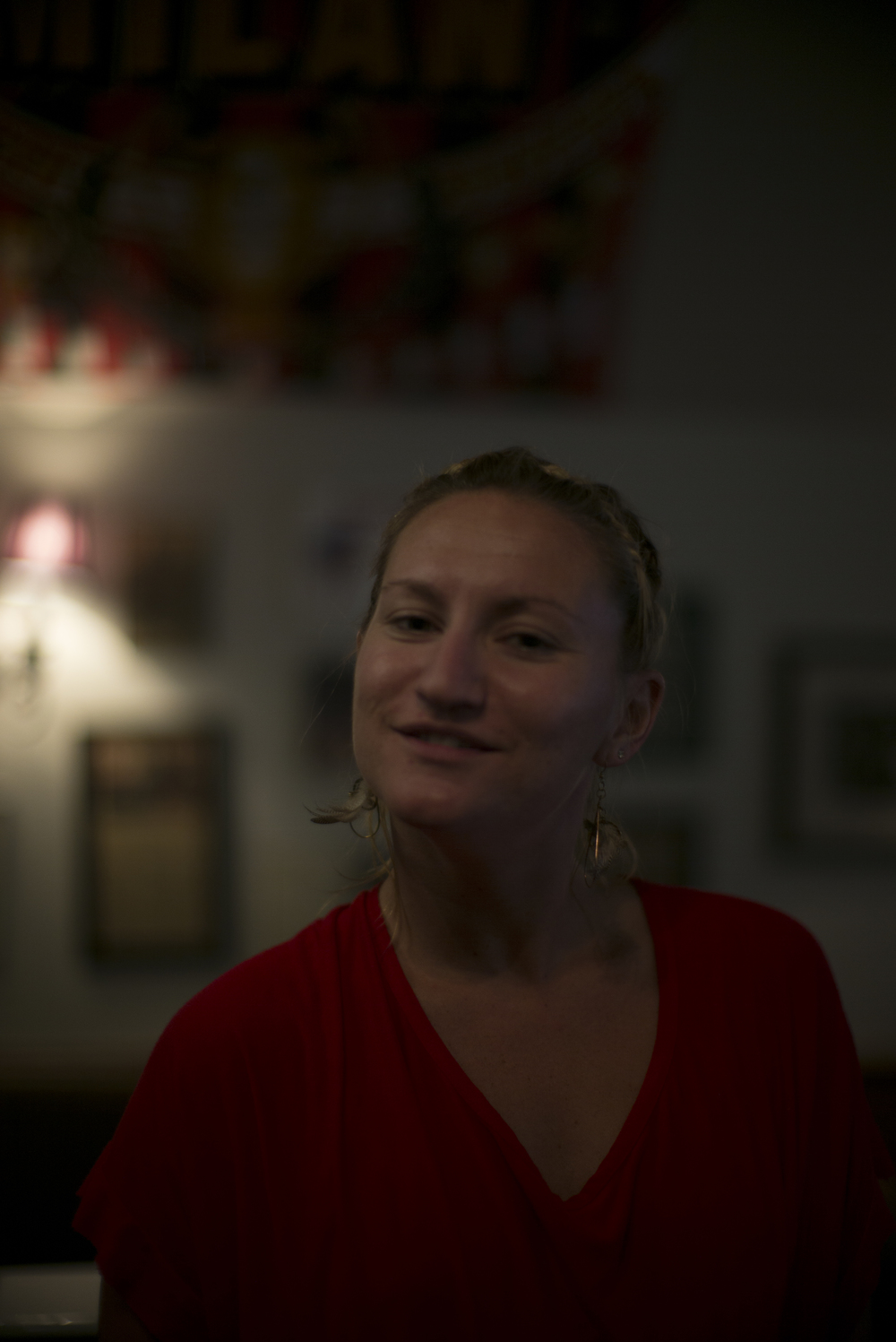
From a professional point of view, I like using Voigtlander Nokton 50mm f/1.1 lens for portraits because they give a sense of timeless quality which modern lenses don’t give. Therefore, ‘is this a good lens’ question can only be answered according to the use intended.
For example, if I was recreating a scene from a time in the 80’s, say, dancers from that era that are still doing the dance today, my choice would obviously be a lens that reflects the spirit of that time.
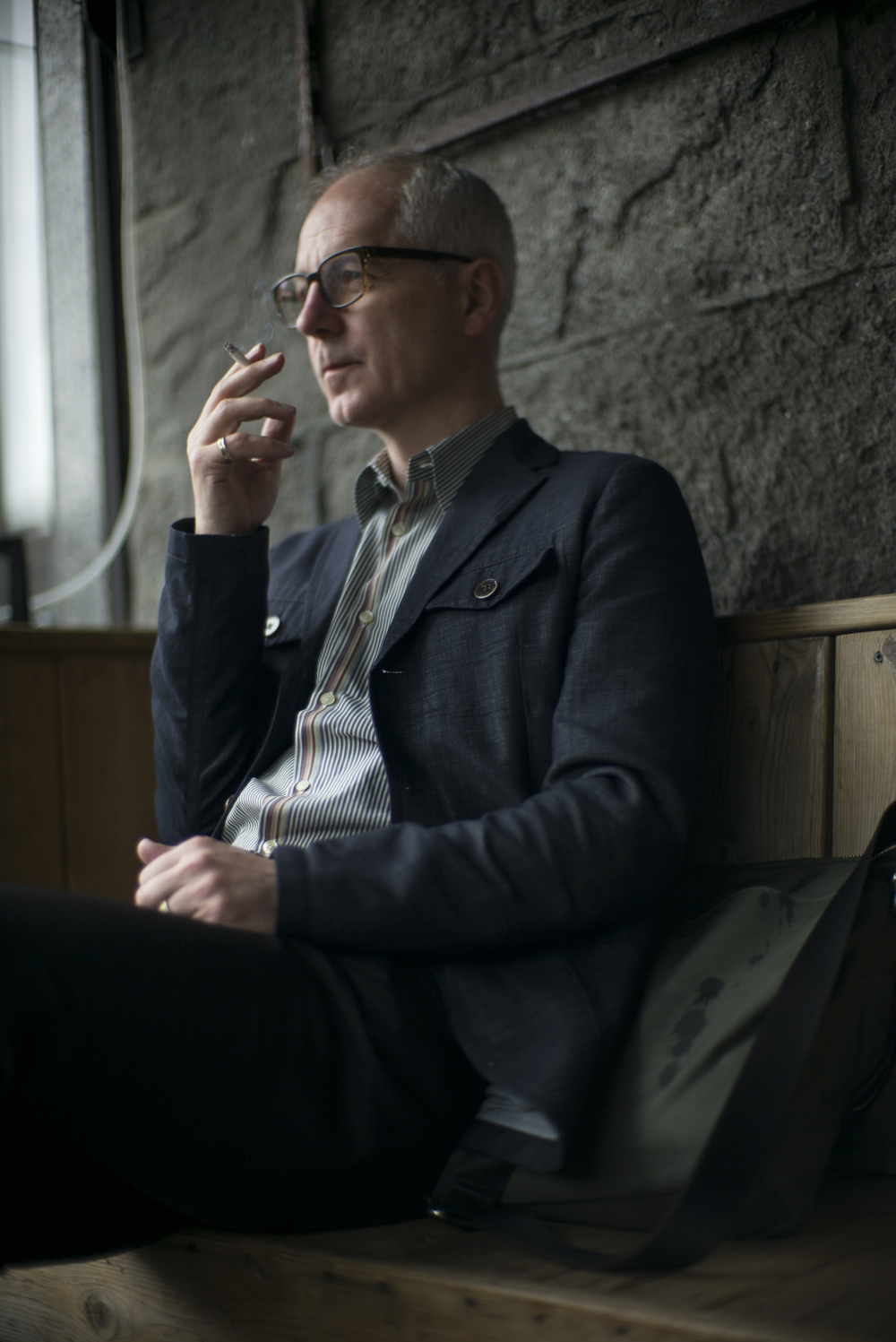
All things being equal, Voigtlander Nokton 50mm f/1.1 lens price sets a bar that can be hard to match by any other manufacturer for Leica’s rangefinder systems. At one-tenth of the cost of a Noctilux, it seems pointless to not own one if you are an avid photographer.
I have examined and used this lens in the field, on assignments, the quality is superb, everything about Voigtlander Nokton 50mm f/1.1 lens speaks perfected engineering. The all-metal surface, lens elements, focus dial and aperture ring work flawlessly as Leica lenses do.
For the purpose of this article, I wanted to test it at a nearby cafe where I often enjoy coffee. I have placed the aperture at its widest to show how the images are rendered when the aperture is wide open.

If you examine the images, you can see that there is a strong sense of separation of the subject from the background. Personally, I feel that this separation adds to the three-dimensionality of the elements in the composition.
In portraits, all blurred out background gives a pleasant focus area for the eye to make the transition to the in-focus part of the image. The result is a smooth transition between the in-focus and out of focus parts of the composition.
It is important to point out is the fact that this lens has ten aperture blades. Typically, having more aperture blades in lens design allows softer transition between the in-focus and out of focus parts of the image, thereby, creating a more pleasing bokeh. I find the bokeh of Voigtlander Nokton 50mm f/1.1 lens splendid.
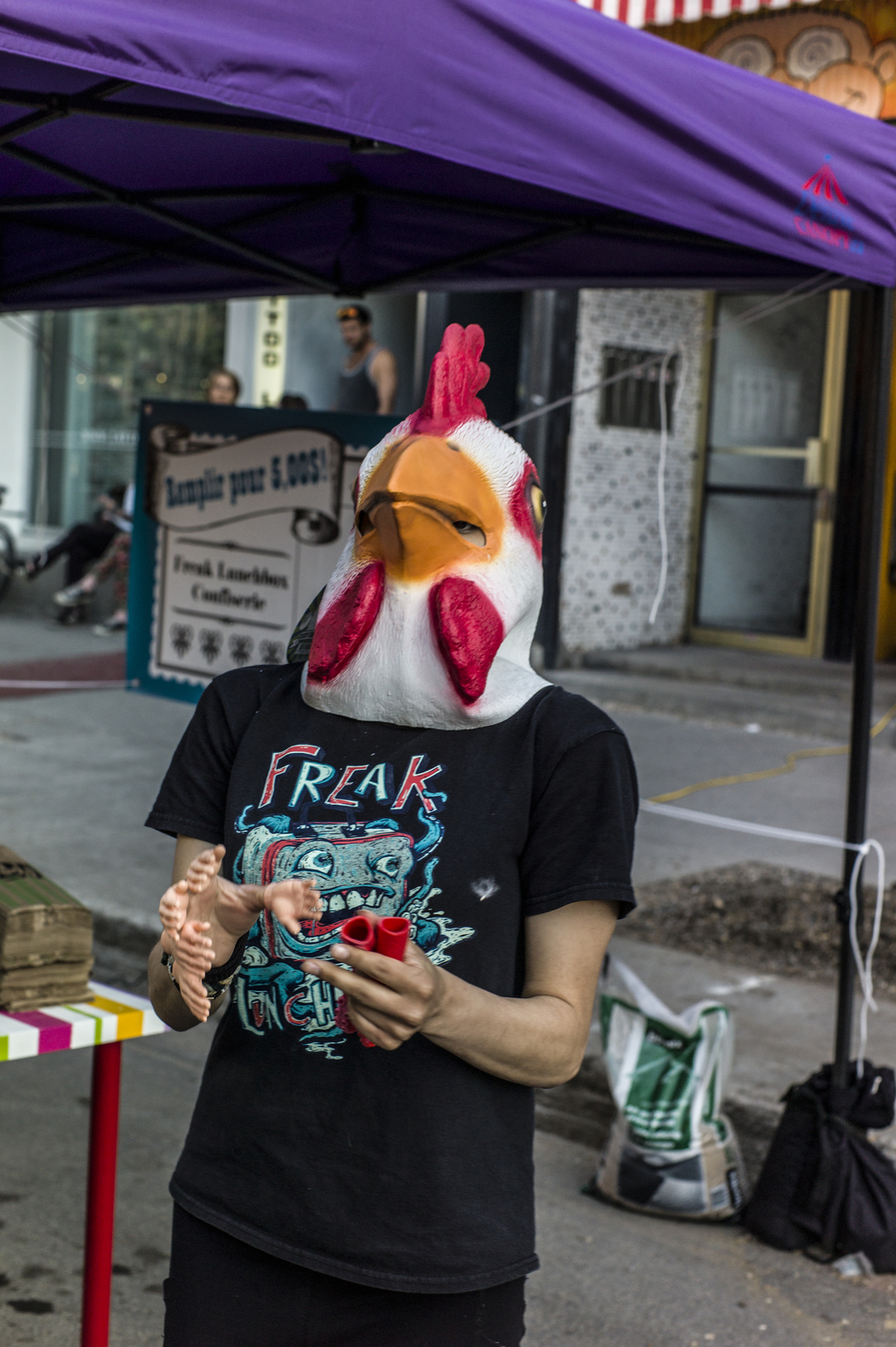
Some people have asked me while writing this article about the way Leica Noctilux compares in the way the bokeh is rendered in images. There are small differences between Voigtlander Nokton 50mm f/1.1 lens and Noctilux lenses’ bokeh renditions.
For one, you will notice that Leica has a more rounded bokeh while Voigtlander Nokton 50mm f/1.1 lens has a more geometric element in the out of focus parts. To some, this may mean a lot and will find more rounded renditioning more pleasing. Voigtlander Nokton 50mm f/1.1 lens, on the other hand, has a unique characteristic which I would prefer to call ‘Nokton Look.’ I find that individual photographs work better with rounded bokeh while geometric bokeh will give a unique characteristic to particular images.
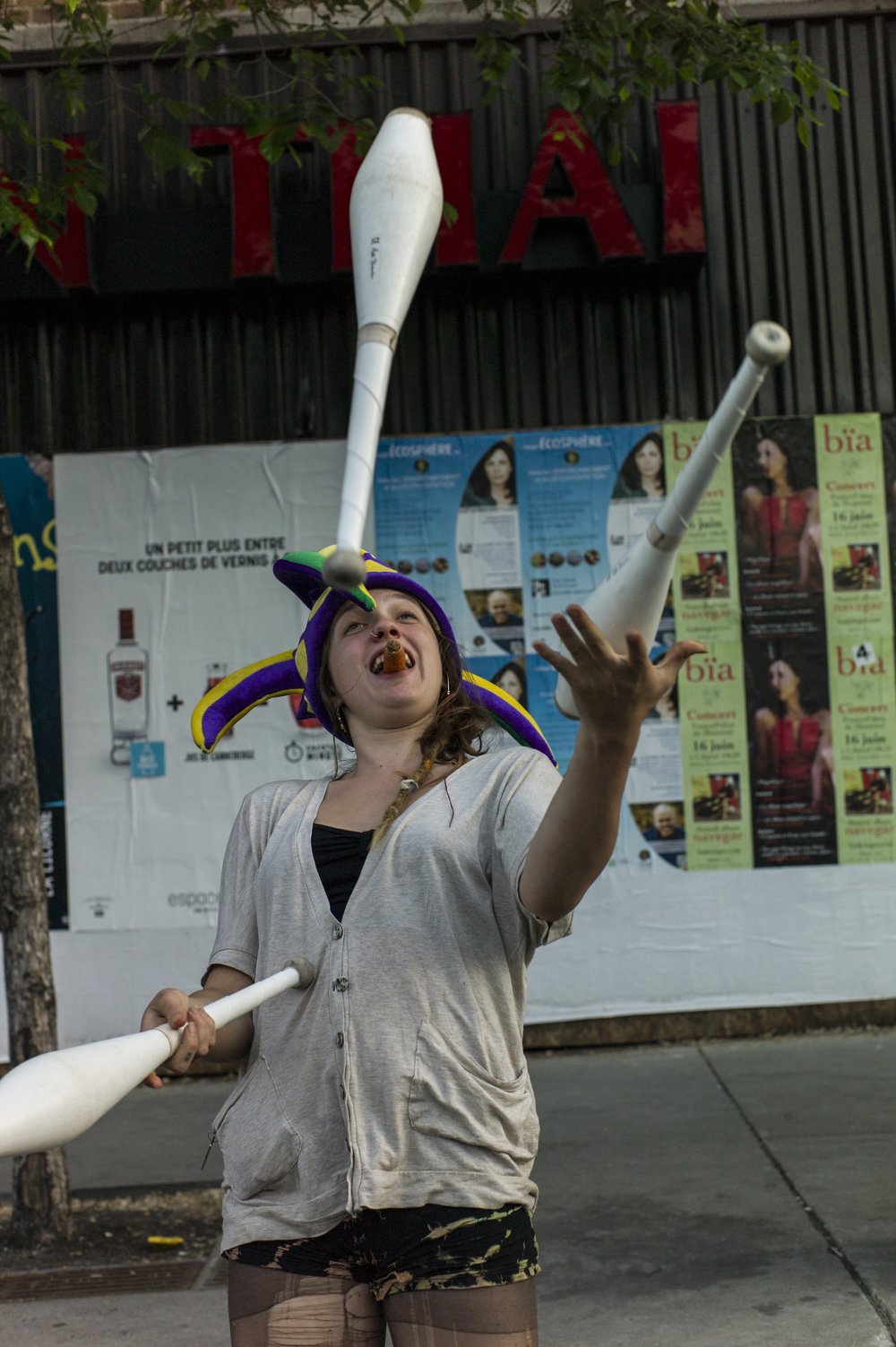
For example, on rainy days and urban photography benefits from more geometric bokeh because they ‘enhance’ the proportions and geometry of the images. Rounded bokeh works well for portraits in ideal circumstances indoor or outdoor because the eye has an ‘easier’ time following the image composition to focus on the in-focus part.
If you love 50mm lenses as I do then Voigtlander Nokton 50mm f/1.1 lens is a very versatile lens to own because at around f/4.0 vignetting is pretty much disappears from the frame. The distortion which results from having the lens wide open diminishes greatly as the lens is stopped down to f/5.6 makes this lens suitable for multiple applications.

So, if you are doing street photography, for example, this lens can be a great tool to shoot indoors as well as in low light circumstances. Having set the aperture at f/5.6 or higher will give a photographer the ability to capture images accurately in just about all circumstances.
One thing Voigtlander Nokton 50mm f/1.1 lens does not have is the 6-bit coding which is basically a way for the camera to read the lens information and ‘correct’ any flaws when recording the image. This may be a hindrance to those who wish to use the images straight out of the camera.
I can recommend a remedy for the lack of coding in Voigtlander Nokton 50mm f/1.1 lens. This lens captures images as I have said, the way older Noctilux lenses do, so in the menu selection, one can choose a Noctilux pre 6-bit coding to achieve ‘corrective’ benefits when the image is recorded.
Obviously, Voigtlander Nokton 50mm f/1.1 lens is not an older Noctilux, but they both suffer from similar limitations when the lens is wide open which is what the camera corrects at the time the image is captured. So, using this option is one thing to consider if you would like to optimize Voigtlander Nokton 50mm f/1.1 lens‘ capabilities.
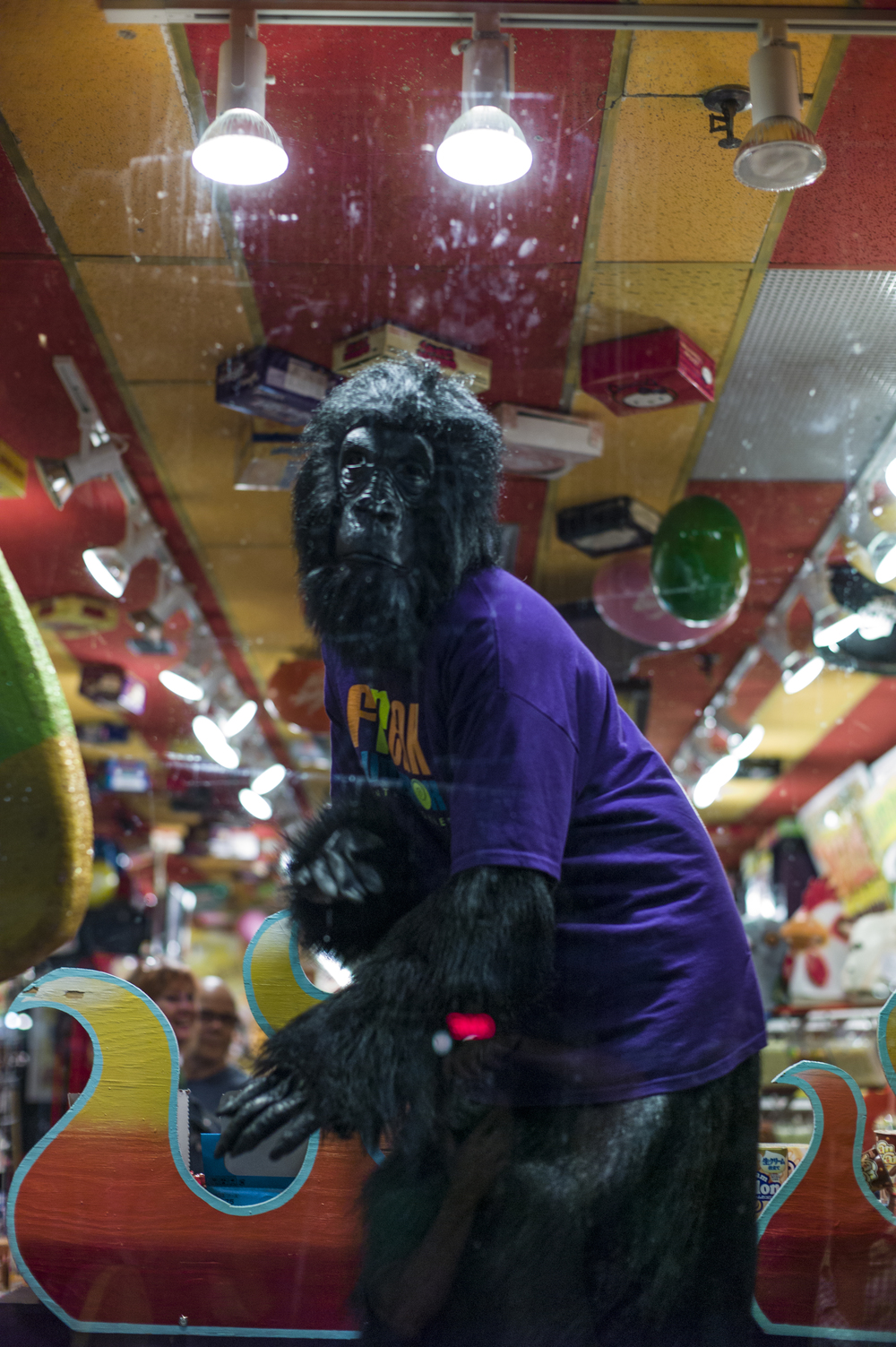
Personally, I like the way images are captured with this lens, especially when used wide open, so, the corrections that I do in the later at my computer is mostly to correct exposure in selected parts of the photograph or remove vignetting.
For those who wish to take this lens on their travels, I would like to point out that this lens is significantly heavier than most Leica lenses like Summicrons or Elmarits. In fact, Voigtlander Nokton 50mm f/1.1 lens weighs in at 458 grams which are almost twice the weight of a 50mm Summicron APO lens.
Also, this lens can draw attention to you and your camera as the lens is rather large in diameter. It takes a 58mm lens filter which is almost as big as the 60mm thread used on Noctilux lenses.
I find that this lens balances beautifully on the camera and the fact that the lens is bigger than other lenses help me to dial in the focus ring better. For those with small hands, this may not be an advantage.
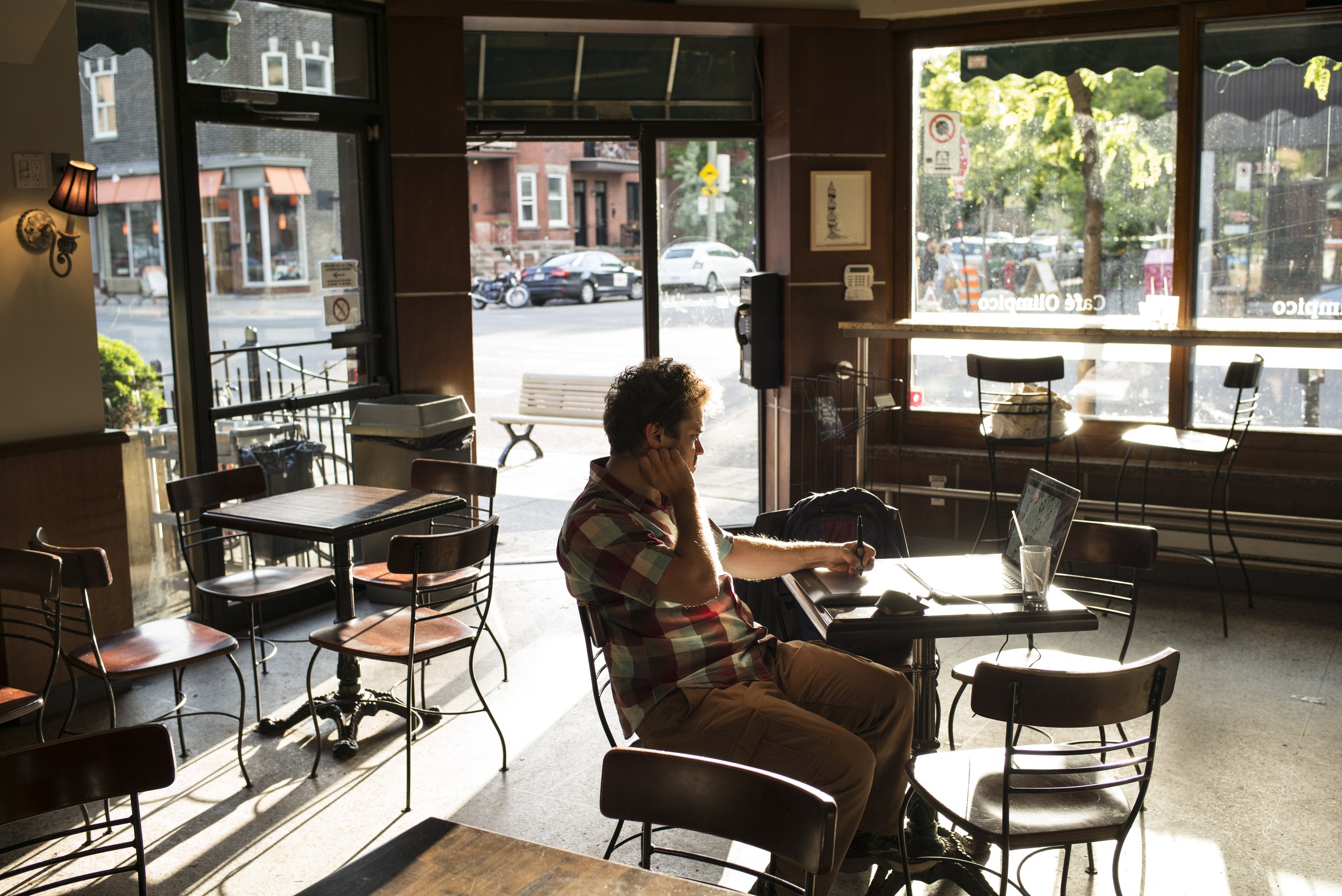
One interesting feature to notice about this lens is that it has built-in lens hood which helps to diminish flares. It is a smart decision by Voigtlander to manufacture these lenses with lens hoods because having a large diameter lens element often causes flare issues to arise.
If Voigtlander were to ask me what can be improved upon for Voigtlander Nokton 50mm f/1.1 lens, I would suggest that a clear 50 script on the side of the lens would be great. Also, I would make a clearer marking for aligning the dots to place and take off the lens from the camera body.
Beyond these small points, I believe that Voigtlander Nokton 50mm f/1.1 lens is a bargain. I also think that they are in no direct competition with Leica lenses because Leica consumers often opt to buy Leica products regardless of the price.
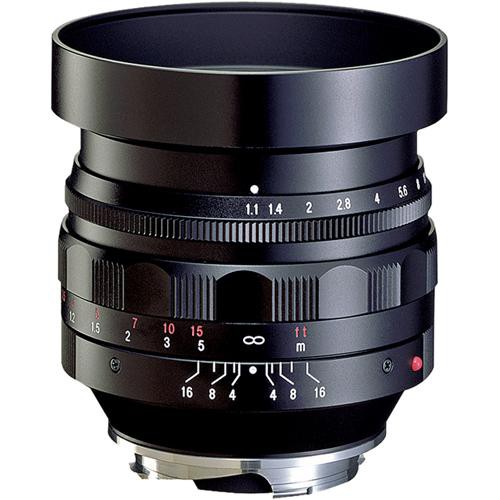
One other thing, I would like to mention about this lens is that it gives best results if used on a CCD sensor camera like Leica M9. This is because the way the images are rendered. CCD provides a color renditioning that is more contrasty than CMOS sensors. Again, this is my preference about the way I like to see photographs when Voigtlander Nokton 50mm f/1.1 lens is used. Others may prefer a more ‘modern’ look with CMOS sensor camera.
Finally, it is worth mentioning that these lenses can easily last a lifetime or two. Voigtlander allows you to send in your lens to be readjusted for the aperture setting that you prefer to use most often. It just means you get to decide on the sweet spot for the lens. I think this is an excellent way to give options to the consumer that other lens manufacturers should copy.
If you are in the market to buy any of the Leica Camera products mentioned in this article you can check out the links below.
Affordable Lenses
Voigtlander Nokton 50mm f/1.1 lens
Voigtlander Heliar 50mm f/3.5 lens
Zeiss Planar T 50mm f/2 ZM lens
Zeiss C Sonnar T 50mm f/1.5 ZM lens
Voigtlander Nokton 50mm f/1.5 Aspherical lens
Leica APO Summicron-M 50mm f/2 ASPH lens
Leica Summarit-M 50mm f/2.4 lens
Meyer-Optik Gorlitz Trioplan 50mm f/2.9 lens
HandeVision IBERIT 50mm f/2.4 lens
Leica 50mm Lenses
Leica Noctilux-M 50mm f/0.95 ASPH. Lens
Leica Summilux-M 50mm f/1.4 ASPH. Lens
Leica APO Summicron-M 50mm f/2 ASPH lens
Leica Summicron-M 50mm f/2 lens
Leica Summarit-M 50mm f/2.4 lens
For my upcoming 2018 photography workshops, here are the links
I hope you have enjoyed this article. We look forward to receiving your comments and requests for reviewing other Leica lenses and cameras.
Thank you
OZ YILMAZ – Leica Review Team
PLEASE HELP US TO KEEP LEICA REVIEW INDEPENDENT BY DONATING A SMALL SUM.
YOU CAN CLICK THE LINK BELOW TO MAKE A DONATION. THANK YOU.
